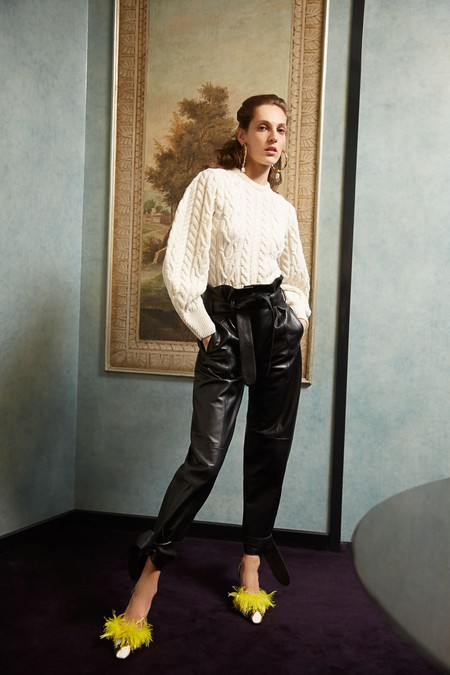With regards to style, the planners draw outside the lines who truly make it fascinating. We’re discussing design’s “mavericks, the rebels…the ones who see things in an unexpected way,” to cite Steve Jobs. Design is loaded with “miscreants,” in the most ideal way—the individuals who push the universe of style ahead and shape how we consider getting dressed each day. Sometime before current style symbols like Rihanna (in case we fail to remember her shocking, straightforward CFDA dress), Lady Gaga (how she strolls in those McQueen stages, we’ll never know), and Alexander Wang (body-heat-delicate prepared-to-wear, anybody?), these design figures got their paints, studs, and undergarments with a revolutionary holler and everlastingly changed the manner in which we dress.
The creator of Little Black Dress: Gabrielle “Coco” Chanel
Could we as a whole give an aggregate thank-you to Coco Chanel for our not lashing on a girdle and clamor toward the beginning of today? Worn out on the formal and constrictive styles of her day, she developed present-day active apparel as far as we might be concerned, resigning undergarments, making the primary minimal dark dresses, and adding delicate, pardoning pullover to the texture list of her time. She needed ladies to move in their attire (yahoo—we like moving!). Chanel without any assistance made pullover texture a sensation all through the business and was praised by Women’s Wear Daily in November 1918 for her innovative utilization of the once-unassuming material. Other Chanel trademarks still in style today: the tweed suit, heaps of outfit adornments, and the day sack.
Who Turned Fashion Fantasies Into Reality: Christian Dior
In 1947, Christian Dior initially started to transform Paris into the style capital it is today. With his introduction assortment, Dior made the “New Look” in style: wasp-waisted outlines, mid-calf skirts for the day, and lower leg touching fixes for the evening, both full and ringer formed. Dior worked up a lot of discussions when he made a skirt comprised of 45 yards of texture—a choice seen as sumptuous and over the top during the lean long stretches of World War II.
The Futurist Couturier: Cristobal Balenciaga
An expert of cut and development, Balenciaga gave profundity and engineering to the outlines of the 1950s and ’60s, intertwining old-world métier strategies and a cutting edge look. His particular outlines—the inflatable coat, the incline carried case coat, and the progressive waist less sack dress—are as yet significant today. Current architects keep on seeking the Balenciaga heritage for motivation and reconsider his manifestations any more than one season. Alexander Wang even brought back slanted coats and fluted skirts as current imaginative chief at Balenciaga. You can visit www.rebelliousfashion.com.
The Modern-Art Protégé: Yves Saint Laurent
At the youthful age of 21, French-Algerian Yves Saint Laurent assumed control of Christian Dior after the architect’s unexpected demise in 1957. YSL, as he became known, had an incredibly creative mind and made the most whimsical assortments. One of his generally outstanding, the Ballets Russes in 1977, honored the translucent outfits of the acclaimed Russian artful dance. He was additionally quick to infuse present-day craftsmanship into style, re-making the acclaimed Piet Mondrian’s theoretical works of art as realistic shift dresses, which overwhelmed the world. Another mark Saint Laurent looks at is Le Smoking, the male/female tuxedo search for ladies.
